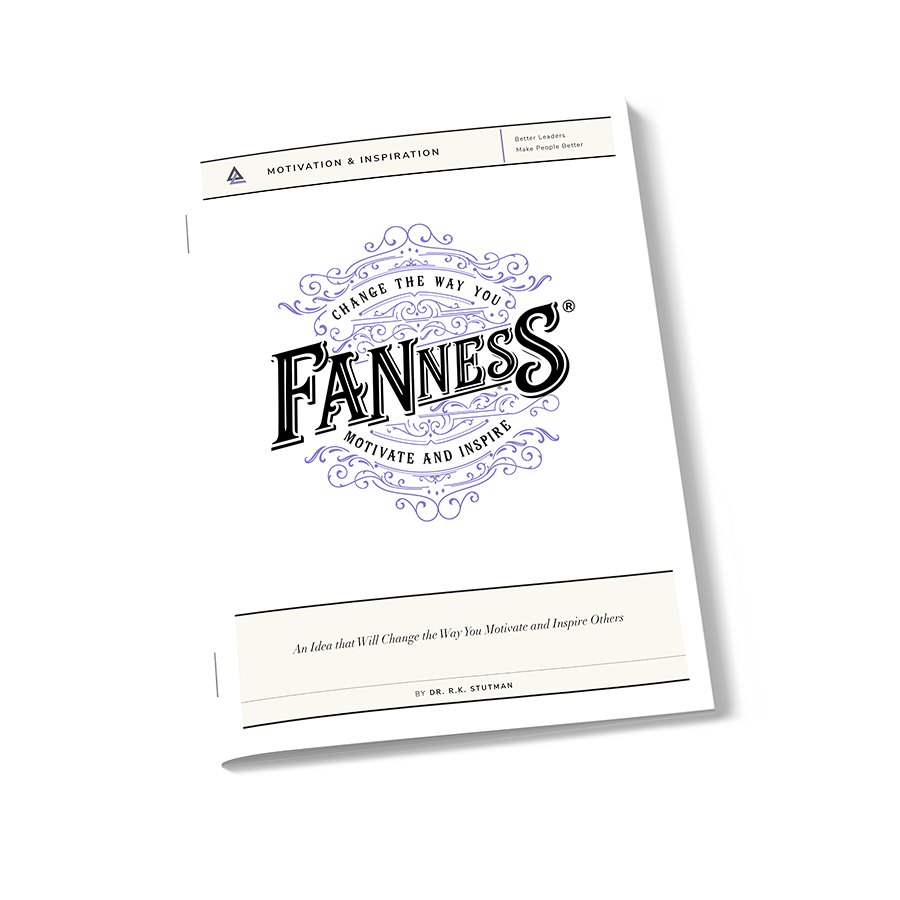The impact of feedback is most influenced by three critical qualities: how good it is, how frequent it is, and how dense it is.
Leaders and team members agree that for feedback to be valuable, it must be both accurate and actionable. The more specific the feedback, the easier it is to act on.
If the feedback is erroneous or lacks plausibility, it loses its power to influence future behavior.
There is also consensus for the frequency of feedback. For the information to change behavior, it must be continual and consistent. Good leaders don’t save up feedback for the future but instead offer a steady stream of feedback to help performers course correct and make incremental improvements along the way.
What is less clear is how much feedback at any given time is best. Feedback density refers to the sheer quantity of commentary offered during critical times of development, such as practice and rehearsal.
When thinking of feedback density, think about the chatter of an athletic coach on the sidelines during a practice or game. Some athletic coaches engage in a continual stream of encouragement, suggestion, direction, and criticism (high density), while others spend more time in observation and sporadically offer feedback (low density).
In both athletics and in the workplace, dense positive feedback is uplifting and promotes confidence.
Consider this highly dense commentary: “Really nice work. The clients responded well and were highly engaged. I really like how you’re doing. You’ve made a lot of progress, and it shows. The work you have put in is paying big dividends. Keep it up. Let me know how I can help. I’m excited to see what you do in the next client meeting. Today was very impressive.”
In contrast, critical or negative feedback that is highly dense overwhelms people. It is typically too much to process and only leaves a negative feeling with those who receive it.
Here’s the same context as above with negative feedback density: “That could have gone much better. I’m not sure you were ready for the meeting. The clients didn’t respond well, and for good reason. The material wasn’t very engaging. You need to put in more work and be ready to excite people. That didn’t happen today. I’m looking for more from you. You can do better.”
The issue with density also applies to the sheer number of negative or critical points offered in a review or debrief. The examples represent common leadership chatter, but more in-depth feedback faces the same challenge.
Too much of a feedback dump shuts people down.
Good leaders are conscious of their feedback density in any given exchange. High negative density demotivates people and turns them off from making changes. Even very specific and actionable feedback that is too dense can be off-putting and deflating.
How much feedback leaders pack into their commentary, reviews, or debriefs can have a profound influence on performance improvement.
The best leaders not only make their feedback actionable and frequent, but also guard against too much negative density. This is a style that is often unconscious or unintentional, especially for leaders who are or were once athletic or performance coaches.
If you’re going to be dense, make it positive. Otherwise, offer a small set of critical points, explain those points succinctly, and move on.

Consider Your Feedback Density
Sign-up Bonus
Enter your email for instant access to our Admired Leadership Field Notes special guide: Fanness™—An Idea That Will Change the Way You Motivate and Inspire Others.
Inspiring others is among the highest callings of great leaders. But could there be anything you don’t know, you haven’t heard, about how to motivate and inspire?
Could there really be a universal principle that the best leaders follow? A framework that you could follow too?
There is.
Everyone who signs up for Admired Leadership Field Notes will get instant access to our special guide that describes a powerful idea we call Fanness™ (including a special 20-minute video that really brings this idea to life).
